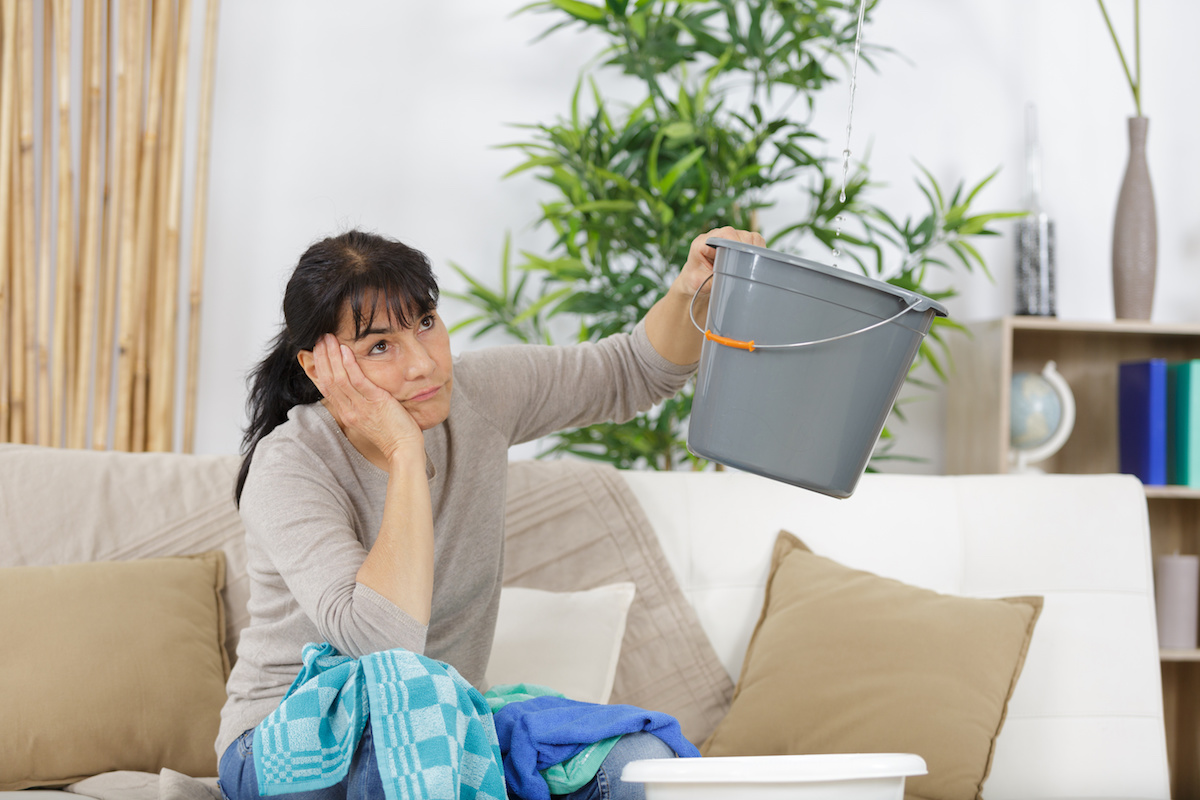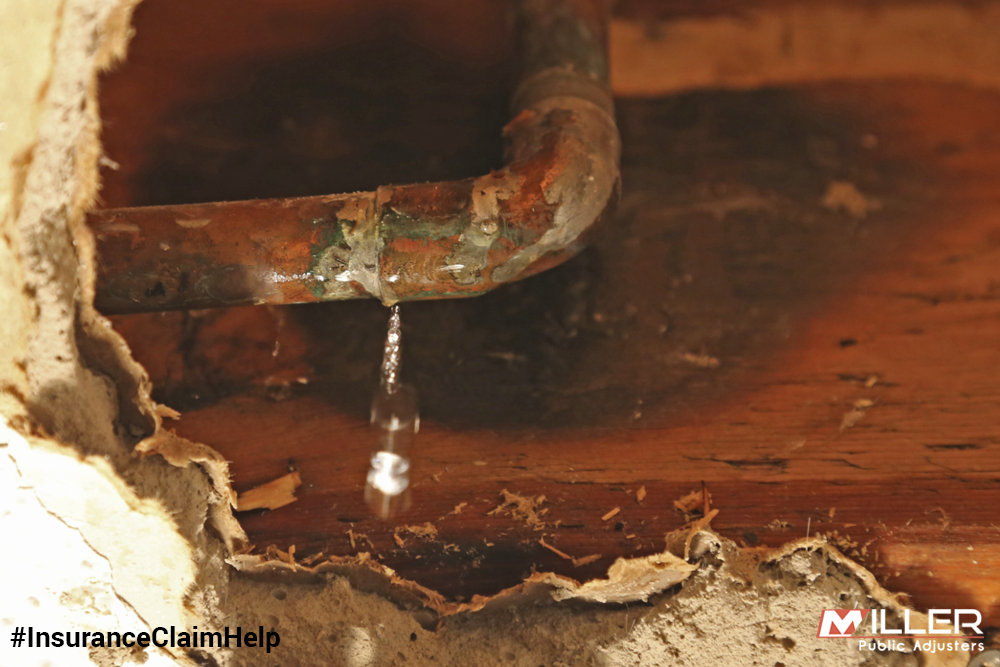Quick Guide: Identifying and Repairing Ruptured Pipes in your house
Quick Guide: Identifying and Repairing Ruptured Pipes in your house
Blog Article
Just how do you feel in relation to How to Install and Connect a New Dishwasher?

A ruptured pipeline is a significant emergency; you can just stand as you see water you pay dearly to reunite with the earth. In even worse instances, you see a swimming pool on your kitchen floor, which is a fantastic trip hazard, especially if you have kids around. If the pipe that burst was in your walls, problem: you may need to repaint that entire section.
How can a disaster like a burst pipe be avoided and managed? Well, by listening to your professional emergency plumbings and adhering to these regulations.
Just how do I know when my pipes have burst?
Fluctuating water pressures
Pipelines do not simply burst in a day. You might have seen that your cooking area tap or shower doesn't run promptly when you transform the tap. It might pause for a couple of secs and afterwards blast you with even more pressure than common.
In various other circumstances, the water might appear regular in the beginning, after that decrease in pressure after a few seconds.
Contaminated water
Many people assume a burst pipe is a one-way outlet. Fairly the contrary. As water spurts of the hole or wound in your plumbing system, impurities locate their method.
Your water may be contaminated from the source, so if you can, examine if your water container has any kind of issues. Nevertheless, if your drinking water is supplied and detoxified by the local government, you must call your plumber right away if you see or smell anything funny in your water.
Puddles under pipelines and also sinks
When a pipe bursts, the discharge forms a puddle. It might show up that the puddle is growing in dimension, and also regardless of the number of times you mop the pool, in a few minutes, there's one more one waiting to be cleaned. Usually, you may not have the ability to map the puddle to any type of visible pipelines. This is an indication to call a professional plumber.
Wet walls and water discolorations
Before a pipeline bursts, it will certainly leak, a lot of times. If this persistent dripping goes unnoticed, the leakage might graduate right into a broad tear in your pipe. One simple way to avoid this emergency is to keep an eye out for wet wall surfaces ad water spots. These water stains will lead you right to the leakage.
Untraceable dripping sounds
Pipeline bursts can take place in the most unpleasant areas, like within concrete, inside walls, or under sinks. When your home goes quiet, you may have the ability to listen to an annoyingly relentless dripping noise. Also after you have actually checked your shower head as well as cooking area tap, the leaking might proceed.
Dear visitor, the trickling might be coming from a pipe inside your wall surfaces. There isn't much you can do concerning that, except tell a specialist plumber.
Show up the Warmth
Set up fans to blow warm right into cool rooms. Keep the garage door closed. If you have actually lowered water flow, heat the most prone pipelines (generally in basements and crawl spaces or near exterior wall surfaces) with a hair clothes dryer. Leave the tap on while you apply warm. As you thaw ice, the circulation will increase. To avoid pipelines from cold, shield your wall surfaces.
Start Getting Rid of the Water
Get the mop, containers as well as a store vacuum cleaner to begin to remove the water because you certainly don't want it soaking into whatever else in your home. Plus, a quick clean up will certainly minimize the possibilities of something obtaining musty.
What do I do when I identify a ruptured pipeline?
Your water meter will certainly remain to run also while your water wastes. To lessen your losses, discover the primary controls as well as transform the supply off. The water mains are an above-ground structure at the edge of your home.
How to Fix & Detect a Leaking Pipe
How Do I Know if a Pipe is Leaking?
Leak detection tests can help you determine if your pipe has a leak. Even if you don’t see an apparent leak, you should still conduct leak detection tests regularly to save water and money—and prevent major damage to your home.
Water meter. It can be helpful to figure out what your usual water meter usage numbers are and then monitor them regularly. To monitor your meter, first, turn off all water faucets in your home. Check the meter and write down the numbers. In a few hours, check the meter again. If the numbers have changed, you have a leak. Water gauge. Use a water gauge to test your water pressure. Your showerhead should produce a certain amount of water pressure based on its model and design. If the pressure is lower than it is supposed to be for that specific showerhead, your home likely has a leak. Puddles. Look inside your bathroom, laundry, and kitchen sink cabinets. Puddles around the cabinets or around toilets, tubs, showers, and washing machines indicate the presence of a leaking pipe. You may also notice loose tiles, peeling or flaking paint, or mold caused by water accumulation. Napkin test. Even if you don’t see any puddles, you may still have a leak. You can test for water leaks in the bathroom, laundry, and kitchen by wiping below-sink connections with a napkin, paper towel, or piece of toilet paper. If it becomes damp, you probably have a leaking pipe under the sink. Discolored walls. Walls that are discolored—usually with brown or yellow stains—or bulging might mean that they have been impacted by water damage caused by a leaking pipe. Smell. A leaky pipe will create sitting water, and over time, that water may develop a musty smell. If your home smells musty, but you can’t locate the source, it may be due to a leak. Steps for Fixing a Leaking Pipe
A leaky drain can be remedied by tightening the pipe base, replacing the drain seal, caulking the rim, and tightening the pipe nut. Similarly, a leaking toilet pipe can be treated by tightening the packing nut. You may also need to replace the valve. A leaky faucet may just need tightening or replacement of the washers. If that doesn’t work, consider replacing your faucet. If your pipe has a hole in it, you may want to use a pipe leak sealer or pipe leak tape. This quick fix for water pipe leaks can also temporarily fix a copper pipe leak. https://www.ahs.com/home-matters/quick-tips/how-to-tell-if-pipes-are-leaking/

I'm just very serious about How to install a dishwasher safely and I hope you liked the entire page. Are you aware of another individual who is looking into the subject? Do not hesitate to share it. We love reading our article about What to Know Before Installing a Dishwasher.
View Website
Report this page